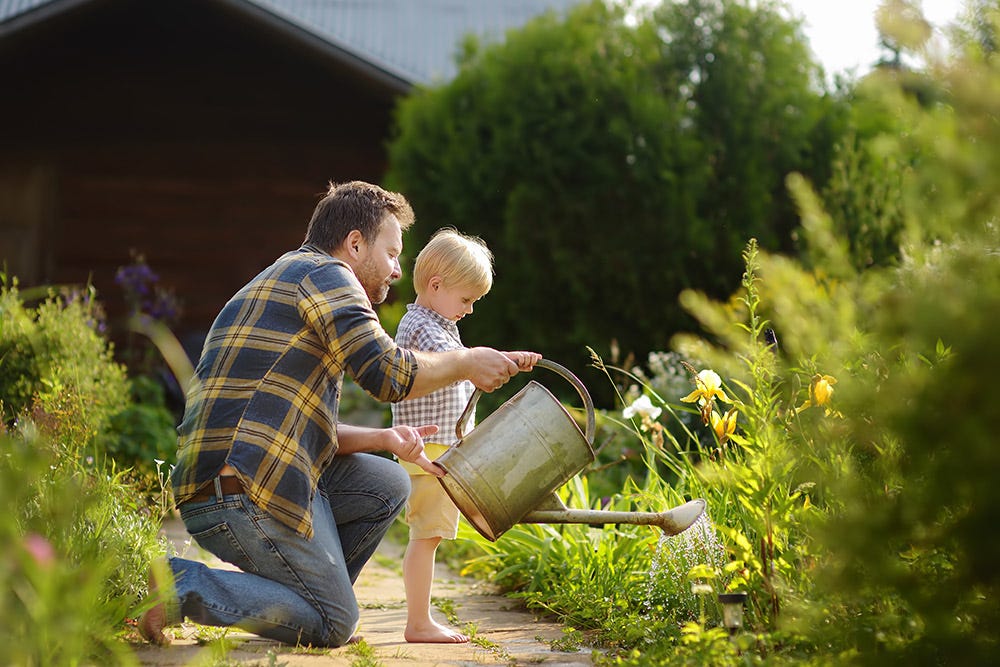.jpg)
First check your soil
Different plants prefer different soils. If the soil is too heavy or light, you might need to improve its texture and quality. The three main types are:
-
Clay soil: has a sticky, muddy consistency and feels hard to dig. Add plenty of compost or well-rotted manure to break it up.
-
Sandy and/or chalky soil: falls easily through your fingers. Add well-rotted organic matter to make it more fertile and better hold moisture.
-
Somewhere between clay and sandy: young roots find it easy to spread through this fine tilth soil.
Know your soil’s pH
Most plants like a neutral to acid pH of around 6. To lower the pH of your soil, you could:
-
Tweak the soil’s natural pH by adding acid-based composts
-
Fill raised beds or containers with acidic soil
Only choosing plants that suit your existing soil may be easier than trying to change what’s already there.
Plan first, plant later
Maybe you have a brand-new garden or some empty flower beds to fill. But before buying anything, make a planting plan:
- Find pictures of what you like from catalogues, magazines and websites
- Set the plants out in the garden and explore possible layouts
- Leave enough space to suit their dimensions when fully grown
- Check planting depths. For example, the rhizomes on bearded irises should sit just above the soil. For roses, it’s where the stems join the root system.
Different planting methods
Pots
Dig a hole the same depth as the pot, leaving an extra 2cm around the perimeter. Tease away soil around tight, matted root balls – don’t worry about breaking roots, new ones soon grow back. Add a slow-release fertiliser or liquid feed regularly.
Bare-root
For roses, trees and shrubs with bare roots, plant to the same depth as the soil ‘tide mark’ – this shows the depth it was previously planted. Fork the sides around the hole so the roots can spread comfortably. Add a layer of well-rotted manure, blood and bone, or mycorrhizal fungi. If needed, hammer in supporting stakes before planting.
Bulbs
Line the base of containers with a few bits of broken crockery to help with drainage, followed by compost and a little grit. You can also naturalise bulbs in the lawn, perhaps by grouping them around trees. And for a colourful display throughout spring, plant like you’re making a lasagne: tulips at the bottom, and earlier-flowering varieties such as crocus, near the top.
Plug plants
These small seedlings come in different sizes which you can grow on in larger pots before planting out into a container or border. Water the plugs before pushing gently out of the containers they were grown in. Some plant types also need ‘hardening off’ outside once the risk of frost has passed.

If you’re new to gardening, knowing what to do and when can seem daunting at first. To help you along the way, we’ve put together some tips on which tasks will help keep your garden flourishing – and examples of plants that best suit the season.
